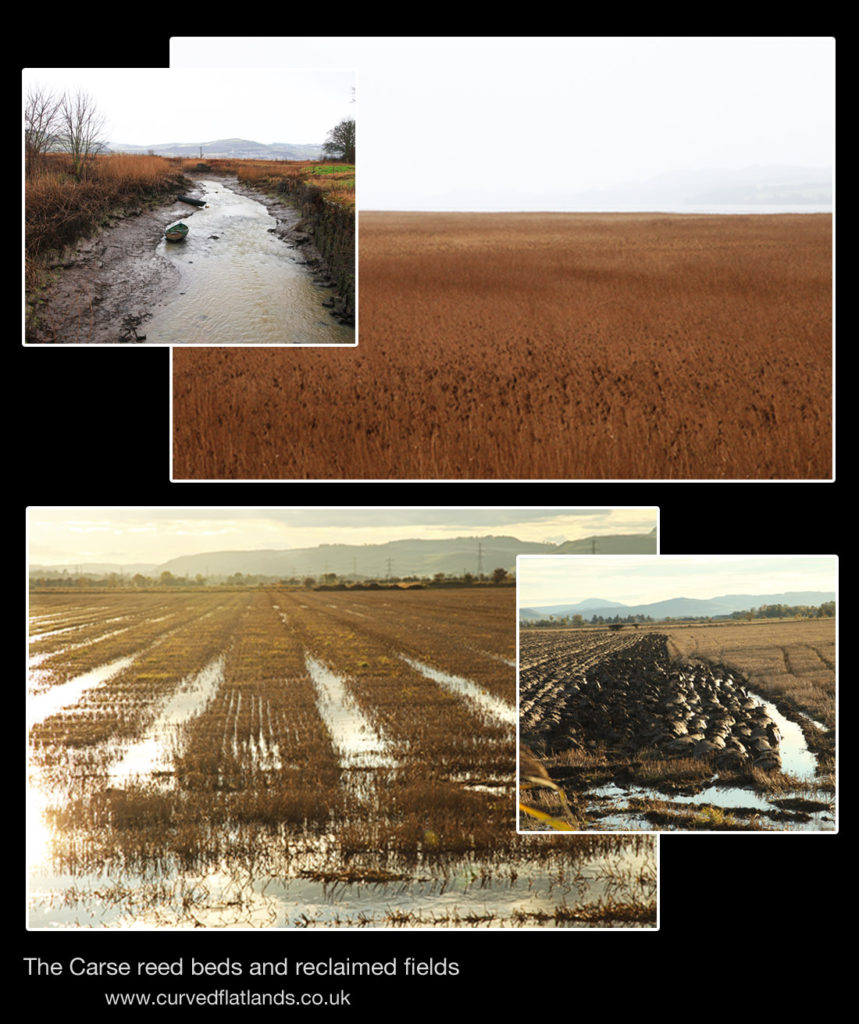As a part of their training, NASSTEC researchers spend time away from their base in the labs and field centres of the component organisations. In March 2017, a fortuitous coincidence of visits led to a meeting of 5 NASSTEC researchers with contacts from Strathclyde University and the Landless Peoples Movement of Brazil. Location: Carse of Gowrie, near Dundee.
Creole seed
Strathclyde University lecturer and researcher Brian Garvey contacted Agroecology@Hutton to arrange for visitors from Brazil to see something of the experiments and farm. He has been “working with community organisations in Scotland and social movements in Brazil on agrarian reform and agroecology. He wrote:
We have with us Enedina Andrade who was a leader of the Landless Peoples Movement of Brazil for 20 years and involved in a women’s association in Sao Paulo establishing agroecology and agroforestry projects in an agrarian reform settlement.
Enedina is also interested in preserving and using native ‘creole’ seed, and by coincidence several NASSTEC researchers and students were in the area.
NASSTEC members meet Brazilian agroecologists
So quite a crowd met on Saturday 11 March 2017 at the Cairn O’Mhor winery cafe for lunch and then to Balruddery Farm to look at landscape management and the Centre for Sustainable Cropping.
It was quite a cold day for the visitors from Brazil and also and Spain, Croatia, USA and Italy. The party included, as well as Brian and Enedina, Stephanie Frischie, Maria Marin, Erica Dello Jacovo, Antonio Teixeira, and Marcello de Vitis (all NASSTEC), and from the Hutton, Pete Iannetta (with family) and Geoff Squire both from the James Hutton Institute.
In fact, it was very cold for those more at home in much warmer lands, and we were all impressed by the way the visitors stood around with us, all in a circle, trying not to shiver too much while debating some of the main issues affecting local and global food security. One of the crucial points was the availability of seed stocks composed of adapted creole stock, or landraces as we would call them. Good, sound, well-certified seed is something that NASSTEC researchers can contribute to both in their projects and after.
It was a great opportunity to exchange experiences and ideas and also, very pleasing to see such interest in our work from people on the very front line of issues in food security and the fair and proper use of land.
Agriculture in the Carse
The winery lies on the Carse of Gowrie, a low flat expanse of land reclaimed from the estuary many centuries ago and now rich agricultural land, growing cereals, potato, vegetables oilseed rape and grass for grazing and silage. The grain crops intensified in the period 1970-1990, mainly by a progression from the lower input and lower yielding spring barley to winter wheat. As in many parts of the croplands, botanical diversity has had to face the spread and intensification of agriculture. However, there is probably enough wild plant diversity remaining to enable adequate seed collection and regeneration should that be considered a priority by commercial interests.
The Centre for Sustainable Cropping is on slightly higher land just above the flat Carse, and grows the same range of crops. One of the main and explicit aims of the work there is to assess the beneficial roles of plant and food web diversity in a transitional cropping system – that is, one moving towards a sustainable future.
Contact: geoff.squire@hutton.ac.uk

